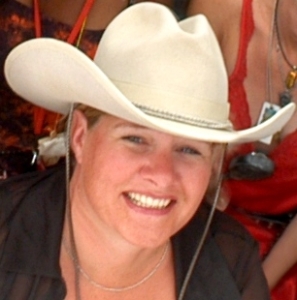 Every year hundreds, if not thousands of people come back from Burning Man and send emails telling us how their lives were changed by their experience. Every year I am re-inspired by their comments. Being able to be a part of something that promotes discovery, creativity and community is addictive. I look forward to sharing some of what I have learned and seeing what it means to you.
Every year hundreds, if not thousands of people come back from Burning Man and send emails telling us how their lives were changed by their experience. Every year I am re-inspired by their comments. Being able to be a part of something that promotes discovery, creativity and community is addictive. I look forward to sharing some of what I have learned and seeing what it means to you.
For the C2 conference I am hoping to explore two ideas in particular.
1. For the last five years I have been developing a training program for our staff (and this includes all volunteers) at Burning Man. I have found that the people I work with are extremely creative and committed to the concept of collaboration. At Burning Man we often sacrifice stellar execution and/or efficiency to foster one of our guiding principles , radical inclusion. This has created many wonderful opportunities to examine some of the paradigms we live with daily and reconnect with a sense of humanity that often feels missing in this day and age. On the flip side it has created frustrations when high performers have to dumb something down to meet the needs of their co-creators, or when the process saps the life out of the initial inspiration. I want to explore what skills it takes to keep inspiration alive and get personal needs met while co-creating.
2. A fascinating revelation I have witnessed many times at Burning Man is the joy that comes from creating with the intention of destroying what is made. Even to bare witness to this process affects people in many varying ways, but rarely is it not profound. It sets many of the reasons why we create on end and opens doors to new reasoning. There is also a natural progression from creation to destruction that resonates well with ritual. As people that work to create for others and are paid to do it, what would it be like to create just for yourself knowing you would ultimately destroy it?
I look forward to an inspiring conference.

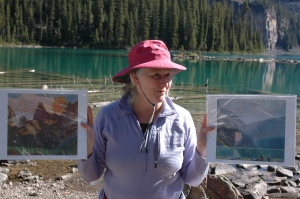
 Can there be a downside to mingling with smart, talented, diverse thinkers in a beautiful setting? As a newbie to NAME events I’m excited by this opportunity to make friends within my community of practice while exploring new ideas, insights and experiences.
Can there be a downside to mingling with smart, talented, diverse thinkers in a beautiful setting? As a newbie to NAME events I’m excited by this opportunity to make friends within my community of practice while exploring new ideas, insights and experiences.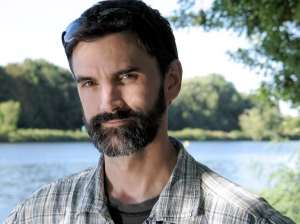 I guess there are three main reasons I’m coming.
I guess there are three main reasons I’m coming.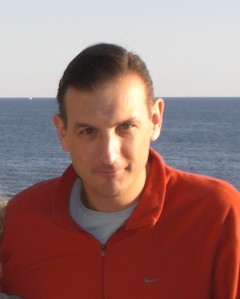 Why am I coming to the C2 conference?
Why am I coming to the C2 conference?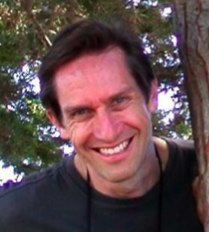 I see such a natural fit between museums and games. People arrive at museums and other community-oriented spaces ready and even eager to be transported and challenged; they already have their “game face” on. To me, museums are sitting on a gold mine – they have non-gamers who are lined up and eager to play!
I see such a natural fit between museums and games. People arrive at museums and other community-oriented spaces ready and even eager to be transported and challenged; they already have their “game face” on. To me, museums are sitting on a gold mine – they have non-gamers who are lined up and eager to play!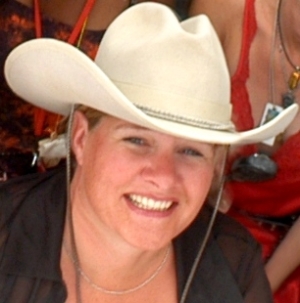 Every year hundreds, if not thousands of people come back from Burning Man and send emails telling us how their lives were changed by their experience. Every year I am re-inspired by their comments. Being able to be a part of something that promotes discovery, creativity and community is addictive. I look forward to sharing some of what I have learned and seeing what it means to you.
Every year hundreds, if not thousands of people come back from Burning Man and send emails telling us how their lives were changed by their experience. Every year I am re-inspired by their comments. Being able to be a part of something that promotes discovery, creativity and community is addictive. I look forward to sharing some of what I have learned and seeing what it means to you.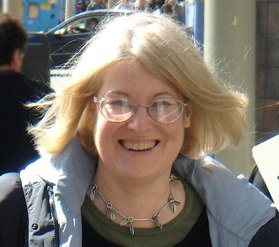 The last time NAME held this kind of retreat, I got a big surge of energy and a feeling of renewal just being around smart talented people with a passion for the work of creating great exhibits for visitors, rather than just sitting around griping. Being with ALL exhibits folks, especially the brilliant ones, has the same charge you feel when you’re in a group of, say, all women: it’s that great common bond.
The last time NAME held this kind of retreat, I got a big surge of energy and a feeling of renewal just being around smart talented people with a passion for the work of creating great exhibits for visitors, rather than just sitting around griping. Being with ALL exhibits folks, especially the brilliant ones, has the same charge you feel when you’re in a group of, say, all women: it’s that great common bond.